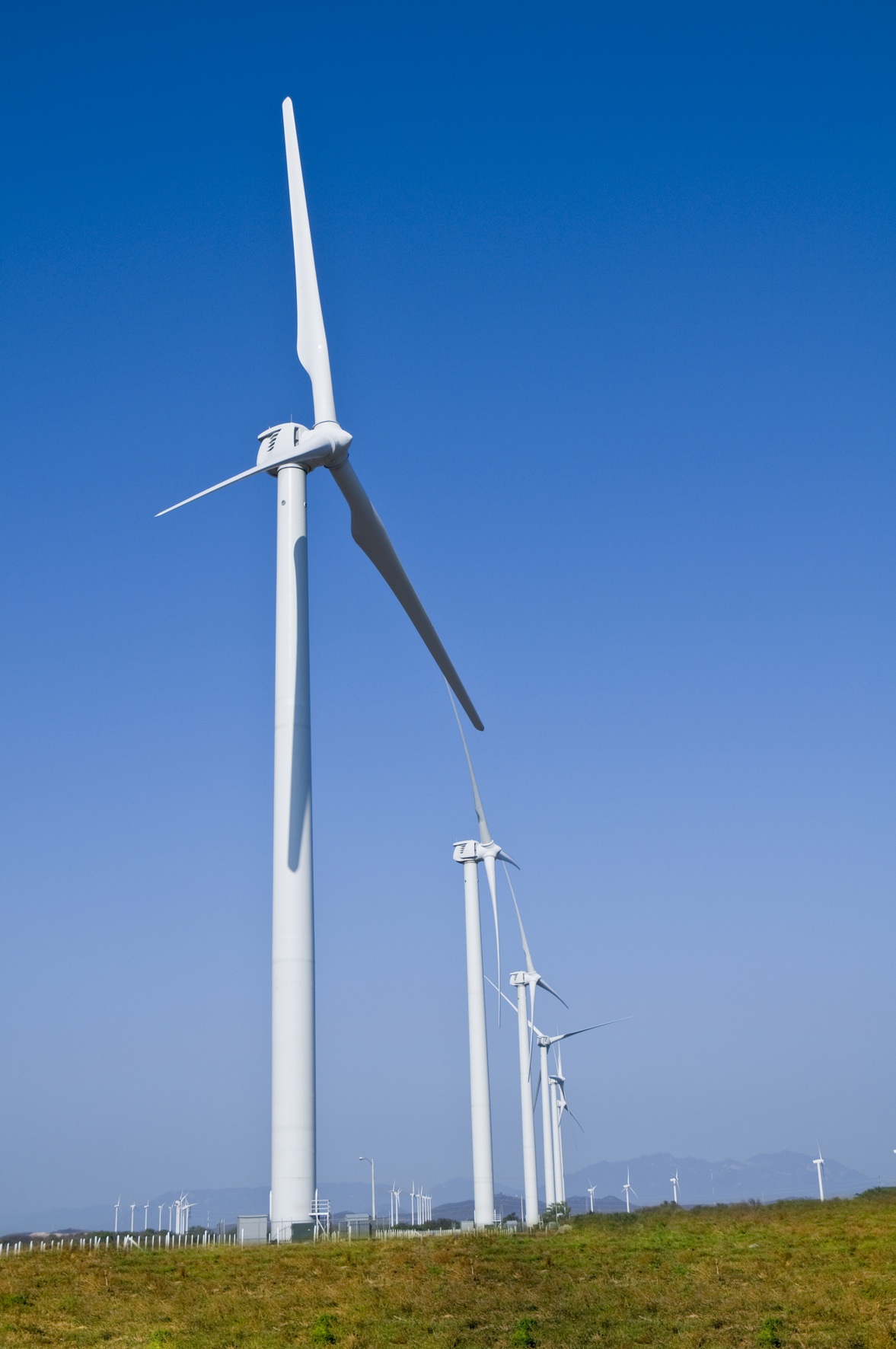Energy In Mexico on:
[Wikipedia]
[Google]
[Amazon]
 Energy in Mexico describes
Energy in Mexico describes
Secretaría de Energía (SENER)
– Mexican government information {{North America topic, Energy in
 Energy in Mexico describes
Energy in Mexico describes energy
Energy () is the physical quantity, quantitative physical property, property that is transferred to a physical body, body or to a physical system, recognizable in the performance of Work (thermodynamics), work and in the form of heat and l ...
, fuel
A fuel is any material that can be made to react with other substances so that it releases energy as thermal energy or to be used for work (physics), work. The concept was originally applied solely to those materials capable of releasing chem ...
, and electricity
Electricity is the set of physical phenomena associated with the presence and motion of matter possessing an electric charge. Electricity is related to magnetism, both being part of the phenomenon of electromagnetism, as described by Maxwel ...
production, consumption, and import in Mexico
Mexico, officially the United Mexican States, is a country in North America. It is the northernmost country in Latin America, and borders the United States to the north, and Guatemala and Belize to the southeast; while having maritime boundar ...
.
In 2008, Mexico produced 234 TWh TWH or twh could refer to:
* Tai Dón language, a language of Vietnam, Laos, and China
* Tai Wo Hau station, Hong Kong; MTR station code
* Tennessee Walking Horse, a breed of horse
* Toronto Western Hospital, a hospital in Toronto, Canada
* Tun ...
of electricity, of which, 86 TWh was from thermal power station
A thermal power station, also known as a thermal power plant, is a type of power station in which the heat energy generated from various fuel sources (e.g., coal, natural gas, nuclear fuel, etc.) is converted to electrical energy. The heat ...
s, 39 TWh from hydropower
Hydropower (from Ancient Greek -, "water"), also known as water power or water energy, is the use of falling or fast-running water to Electricity generation, produce electricity or to power machines. This is achieved by energy transformation, ...
, 18 TWh from coal
Coal is a combustible black or brownish-black sedimentary rock, formed as rock strata called coal seams. Coal is mostly carbon with variable amounts of other Chemical element, elements, chiefly hydrogen, sulfur, oxygen, and nitrogen.
Coal i ...
, 9.8 TWh from nuclear power
Nuclear power is the use of nuclear reactions to produce electricity. Nuclear power can be obtained from nuclear fission, nuclear decay and nuclear fusion reactions. Presently, the vast majority of electricity from nuclear power is produced by ...
, 7 TWh from geothermal power
Geothermal power is electricity generation, electrical power generated from geothermal energy. Technologies in use include dry steam power stations, flash steam power stations and binary cycle power stations. Geothermal electricity generation i ...
and 0.255 TWh from wind power
Wind power is the use of wind energy to generate useful work. Historically, wind power was used by sails, windmills and windpumps, but today it is mostly used to generate electricity. This article deals only with wind power for electricity ge ...
. Mexico is among the world's top oil producers and exporters
An export in international trade is a good produced in one country that is sold into another country or a service provided in one country for a national or resident of another country. The seller of such goods or the service provider is an ' ...
.
In 2022, Mexico's total energy supply (TES) consisted of oil, accounting for 44.3%, with natural gas at 39.0%, and coal at 5.5%. Biofuels and waste constituted 5.0% of the total, while other renewables, such as hydro, wind, and solar, combined to form 4.8%. Nuclear energy contributed a minor portion, representing 1.5% of the overall energy supply.
Oil production
Renewable energy
Geothermal power
Mexico had the sixth greatest geothermal energy production in 2019. Mexico is home to the largest geothermal power stations in the world, the Cerro Prieto Geothermal Power Station.Wind power
Electricity
In 2022, Mexico's electricity generation primarily came from four key sources: natural gas (56.8%), oil (13.5%), coal (6.8%), and renewables (19.5%)—which included hydroelectric power, wind energy, solar PV systems, geothermal energy, biofuels, and waste.Carbon capture and storage
Energy Secretariat
See also
*List of power stations in Mexico
The following page lists power stations in Mexico.
Mexico has 54852 MW of capacity installed.
Fossil fuel
Geothermal
Hydroelectric
In service
Out of service
Nuclear
Wind
See also
* Electricity in Mexico
* List of pow ...
* Electricity sector in Mexico
As required by the Constitution, the electricity sector is federally owned, with the Federal Electricity Commission (Comisión Federal de Electricidad or CFE) essentially controlling the whole sector; private participation and foreign companies ...
References
External links
Secretaría de Energía (SENER)
– Mexican government information {{North America topic, Energy in